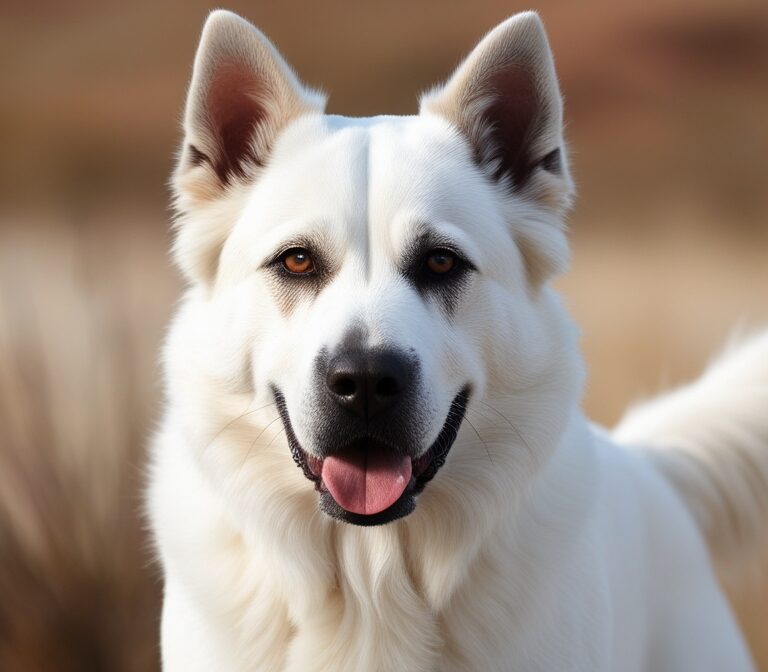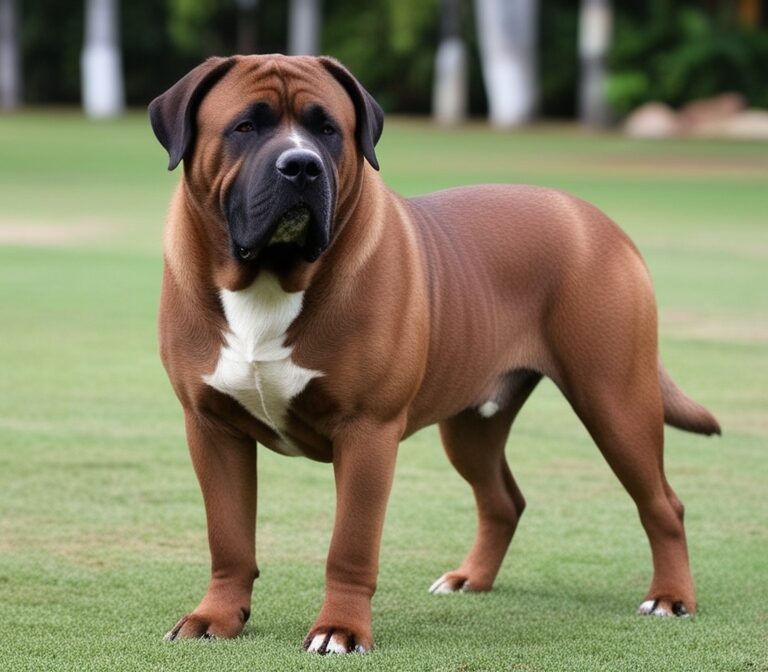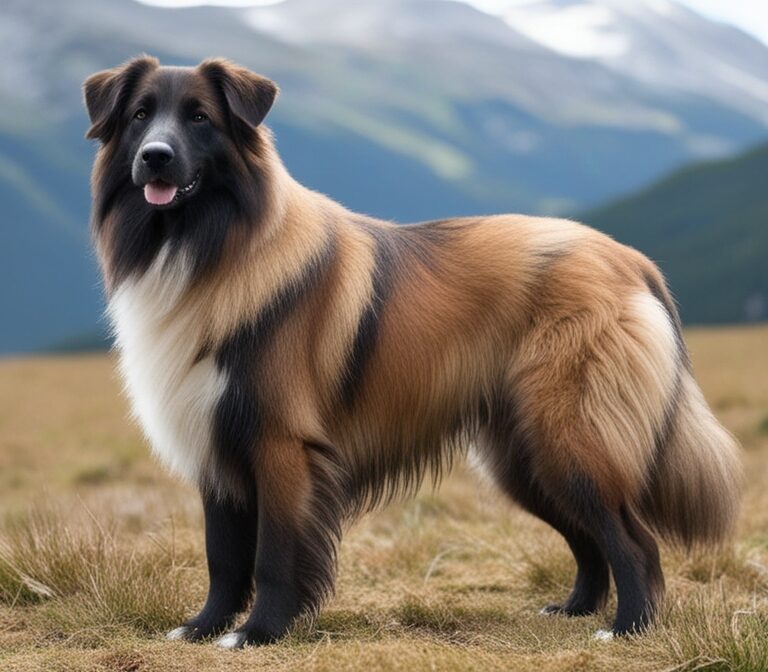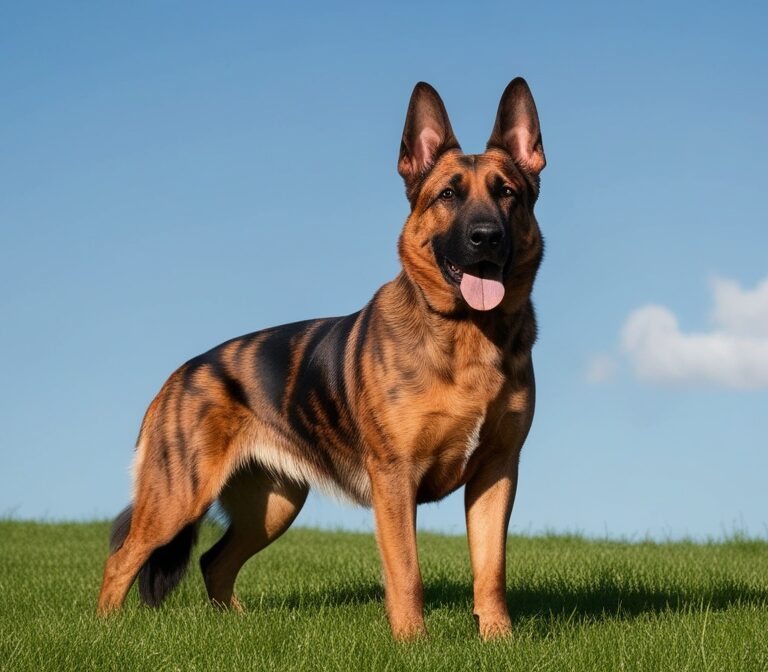Boxer Dog: Complete Breed Guide with Care, Temperament & Health Insights
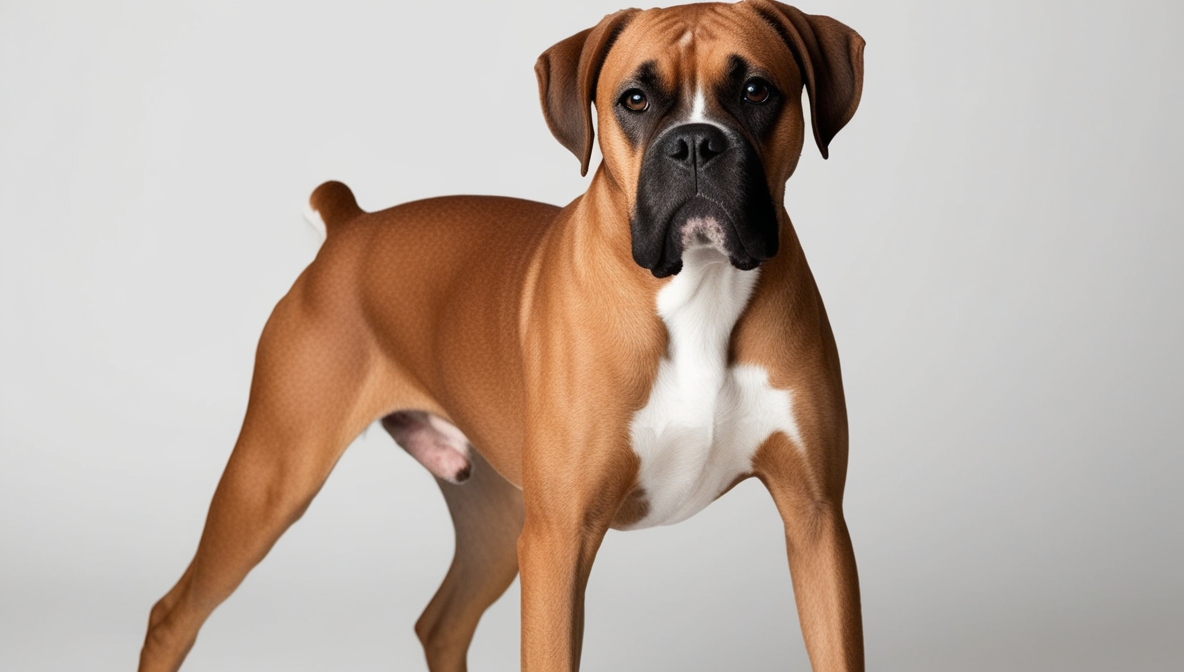
What Is a Boxer Dog?
The Boxer dog is a medium-to-large breed belonging to the Working Group, widely recognized for its muscular build, short coat, and distinctive square muzzle. Originating in Germany during the late 19th century, the breed was initially developed from Bulldogs and Mastiff-type dogs. Its purpose was hunting large game, such as boar and deer, but over time, the Boxer transitioned into roles such as guard dog, military service dog, police companion, and family pet.
Boxers are often described as energetic, intelligent, and affectionate. Their temperament makes them suitable as both loyal protectors and playful family companions. According to the American Kennel Club (AKC), the Boxer consistently ranks among the top 15 most popular dog breeds in the United States, highlighting its wide appeal.
In appearance, Boxers have a muscular chest, strong neck, and square-shaped head, with ears that may be cropped (depending on country regulations) and a short, smooth coat typically in fawn, brindle, or white. These features make them instantly recognizable.
The breed is also known for its expressive face, with dark, soulful eyes and a look of intelligence. Boxers communicate emotions clearly, making them especially engaging for owners.
In summary, the Boxer dog is a versatile, loyal, and protective breed. It’s suitable for families who can meet its exercise demands, provide training consistency, and commit to long-term companionship.
Why the Boxer Dog Breed Is Popular
The popularity of the Boxer stems from a combination of temperament, versatility, and appearance. Families often choose Boxers because they combine playfulness with protective instincts, making them excellent with children while also serving as reliable watchdogs.
One of the breed’s greatest appeals is its balance between athleticism and affection. Boxers are known to thrive on human interaction, often referred to as “shadows” because they love following their owners around. Their loyal nature creates strong emotional bonds, while their high energy makes them suitable companions for active families, joggers, and outdoor enthusiasts.
Additionally, Boxers have been featured in media, movies, and commercials, increasing their visibility. For example, their unique expressive faces make them memorable in advertisements and social media posts.
Health and longevity also contribute to their popularity. While Boxers do have breed-specific health issues (like heart problems and hip dysplasia), they typically live 10–12 years, which is longer than some other large breeds. This lifespan, combined with their manageable grooming needs (short coat, minimal shedding), makes them appealing to first-time dog owners.
Finally, Boxers are recognized by major kennel clubs worldwide, such as the AKC, The Kennel Club (UK), and Fédération Cynologique Internationale (FCI). This recognition helps standardize breeding practices and ensures consistency in traits across the breed.
In short, the Boxer’s combination of loyalty, protection, playfulness, and ease of care explains why the breed has secured a strong presence in both homes and working environments across the world.
Origin of Boxer Dogs in Germany
The Boxer breed traces its roots to Germany in the late 1800s, developed primarily from the now-extinct Bullenbeisser, a powerful hunting dog used for chasing large prey such as wild boar and bears. The Bullenbeisser was crossed with English Bulldogs to refine its size and temperament, resulting in the modern Boxer.
German breeders, particularly Friedrich Robert, Elard König, and R. Höpner, are credited with establishing the Boxer standard in Munich around 1895. The name “Boxer” is believed to come from the breed’s tendency to play and spar with its front paws, mimicking a human boxer’s punching style.
By 1904, the American Kennel Club (AKC) officially recognized the breed, and Boxers began gaining traction in the United States. During World War I and World War II, Boxers served as messenger dogs, guard dogs, and pack carriers, demonstrating their versatility and bravery.
The breed spread globally after the wars, with returning soldiers bringing Boxers home as family companions. Their working ability, affectionate temperament, and striking looks quickly made them favorites.
Today, Boxers are still regarded as all-around dogs—valued for companionship, service roles, and even competitive sports like agility and obedience trials. Their German heritage remains central to their identity, and they are still considered one of the most iconic breeds developed in Europe.
Evolution from Hunting to Companion Dogs
The evolution of the Boxer dog reflects its transformation from a hunting and working breed into one of the most cherished family companions worldwide. Originally descended from the Bullenbeisser, Boxers were bred in Germany for the purpose of hunting wild boar, bear, and deer. Their strong jaws, muscular bodies, and high stamina made them formidable hunters capable of pinning down prey until hunters arrived.
As hunting with dogs declined in Europe during the late 19th century, breeders adapted the Boxer’s role to new societal needs. Its natural strength and intelligence positioned it perfectly for guarding properties, protecting families, and serving in military roles. By World War I, Boxers had proven their value as messenger dogs, pack carriers, and attack dogs, which showcased their versatility and courage.
Over time, the breed’s loyalty, affectionate personality, and playfulness made them increasingly appealing as household pets. Unlike some working breeds that remained too intense for family life, Boxers adapted by combining protective instincts with a gentle temperament toward children. This adaptability made them ideal family guardians and playmates.
In the modern era, Boxers are rarely used for hunting, but they excel in dog sports such as agility, obedience trials, flyball, and Schutzhund (protection dog training). They are also employed as service dogs, therapy animals, and search-and-rescue workers, further cementing their reputation as a multi-purpose breed.
The Boxer’s evolution highlights how selective breeding and changing human needs reshaped its role. From the fields of Germany to the living rooms of families across the globe, the Boxer has transitioned into a breed that embodies both strength and affection—a balance that ensures its enduring popularity.
Recognition by Kennel Clubs
The recognition of the Boxer breed by leading kennel clubs was a pivotal moment in establishing the breed’s standard and global reputation. The Boxer Club of Germany (Boxer-Klub e.V.) was founded in 1895, and by 1902, the first official breed standard was published. This document defined the Boxer’s appearance, temperament, and working abilities, providing a foundation for breeding consistency.
In the United States, the American Kennel Club (AKC) recognized the Boxer in 1904, placing it in the Working Group. The AKC standard emphasized traits such as the square muzzle, athletic physique, and intelligent expression. Soon after, the United Kennel Club (UKC) also included the Boxer in its registry.
Globally, other organizations such as the The Kennel Club (UK) and the Fédération Cynologique Internationale (FCI) acknowledged the breed, further spreading its popularity. Each of these organizations contributes to defining breed guidelines, which breeders must follow to maintain purity and quality.
Dog shows played an essential role in elevating the Boxer’s reputation. In the 1940s and 1950s, Boxers began dominating in conformation shows, most famously when Bang Away, a Boxer, won Best in Show at Westminster Kennel Club in 1951. These victories increased the breed’s visibility, helping it secure a spot as one of the most popular breeds in North America.
Today, Boxers are not just recognized by kennel clubs but celebrated for their versatility in performance sports and service work. Breed clubs continue to protect their heritage, promote responsible breeding, and educate owners about the Boxer’s needs.
Size and Weight Standards
The Boxer dog is classified as a medium-to-large breed, with distinct size and weight standards set by kennel clubs worldwide. According to the American Kennel Club (AKC), male Boxers typically stand 23–25 inches tall at the shoulder and weigh 65–80 pounds, while females stand 21.5–23.5 inches and weigh 50–65 pounds.
Despite their muscular build, Boxers are known for their athletic and lean physique, which enables them to be agile and active. They are not overly bulky, which distinguishes them from heavier breeds like the Mastiff or Rottweiler. Instead, their proportions are balanced, combining strength with speed.
Puppies grow rapidly in their first year, often reaching 50–70% of adult size by six months. However, Boxers are considered slow-maturing breeds, with full muscular development not achieved until 18–24 months. This prolonged growth phase requires owners to carefully manage diet and exercise to prevent joint strain.
Boxers also display noticeable sexual dimorphism, with males appearing more robust and females more refined. However, both genders maintain the characteristic square body, deep chest, and powerful stance.
In terms of lifespan, Boxers generally live 10–12 years, though maintaining a healthy weight plays a crucial role in longevity. Overweight Boxers are more prone to heart disease, joint issues, and diabetes, emphasizing the importance of portion control and exercise.
Overall, the Boxer’s size, weight, and build strike an ideal balance between strength, agility, and endurance, making the breed suitable for both active family life and performance sports.
Coat and Color Variations
The Boxer’s coat is one of its defining features: short, smooth, and tight-fitting, requiring minimal grooming compared to long-haired breeds. This low-maintenance coat appeals to owners who want a clean-looking dog without intensive grooming routines.
Boxers come in three primary color variations:
- Fawn: A tan shade ranging from light yellow to deep red.
- Brindle: A fawn base with black stripes running across the coat.
- White: Around 20–25% of Boxers are born predominantly white, though many kennel clubs do not consider pure white Boxers as standard for show purposes.
Within these categories, Boxers may also have markings such as white patches on the chest, paws, or face, often referred to as “flash.” Dogs with more than one-third of their body covered in white are classified as “flashy Boxers.”
Although the coat is easy to maintain, Boxers are not hypoallergenic. They do shed moderately year-round, with seasonal increases in spring and fall. Weekly brushing with a rubber grooming mitt can help remove loose hair and maintain coat shine.
From a functional standpoint, the short coat provides little insulation, meaning Boxers are sensitive to cold temperatures and should not be left outdoors for extended periods in winter. Similarly, they are prone to heat exhaustion in hot climates, requiring careful monitoring during exercise.
The coat and color variations enhance the breed’s visual appeal, with brindle and flashy markings being especially popular in dog shows. Despite these aesthetic differences, coat type has little impact on temperament, health, or overall care requirements.
Is a Boxer the Right Dog for You?
Choosing a Boxer dog as a companion means committing to a breed that is equal parts energetic, loyal, and affectionate. Boxers are not just pets; they are family-oriented dogs that thrive on constant human interaction. If you’re considering adding a Boxer to your household, it’s essential to weigh their characteristics, care requirements, and temperament against your lifestyle.
Boxers excel in families that provide structure, exercise, and companionship. Their high energy level means they require at least 1–2 hours of physical activity daily, including walks, play sessions, and mental stimulation through training. Without proper outlets, Boxers can become restless and destructive, making them better suited for active households rather than sedentary environments.
Their temperament is one of the biggest reasons for their popularity. Boxers are intelligent, friendly, protective, and playful, making them excellent companions for children and loyal guardians for the household. They form deep bonds with their families, often acting as natural protectors without being overly aggressive. However, this strong attachment also means they dislike being left alone for long periods and may develop separation anxiety if neglected.
From a care perspective, the Boxer’s short coat and moderate shedding make grooming easy. However, they are prone to specific health conditions, including hip dysplasia, heart disease, and certain cancers. Responsible ownership includes regular veterinary checkups, a balanced diet, and preventive care to ensure a lifespan of 10–12 years. Prospective owners should also be aware of the financial costs, including veterinary expenses, quality food, and exercise needs.
Ultimately, a Boxer is an excellent choice for individuals or families who want a dog that is athletic yet affectionate, protective yet gentle, and playful yet obedient when trained properly. They are not ideal for owners who cannot commit time to daily exercise, consistent training, and companionship.
In conclusion, the Boxer is best described as a “guardian clown”—protective enough to watch over the family yet playful enough to entertain everyone with its goofy personality. If you are searching for a breed that combines strength, loyalty, and endless affection, while also keeping you active and engaged, then the Boxer dog may be the perfect match for you.
